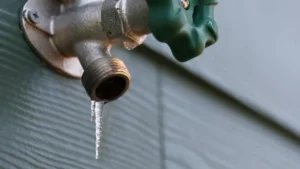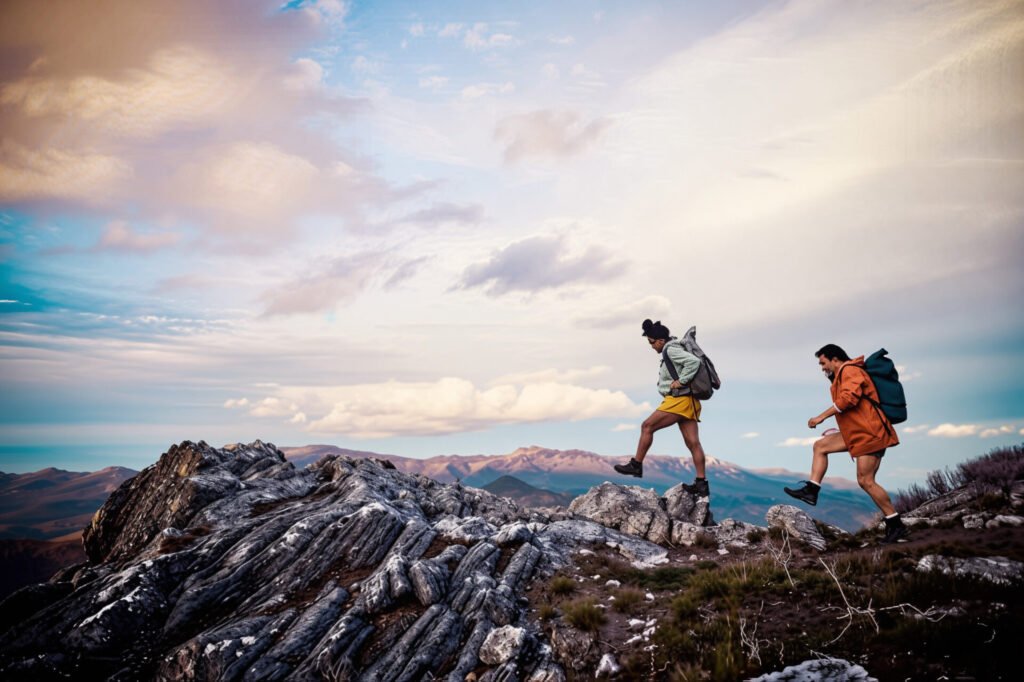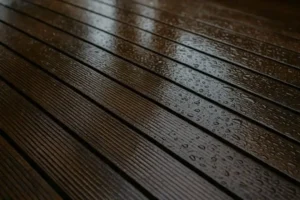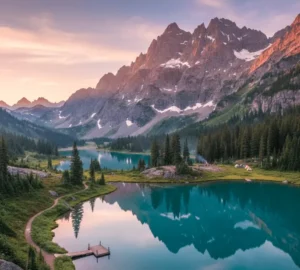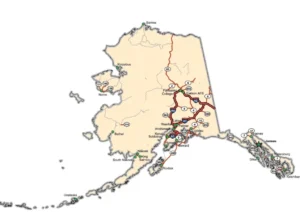Every time you hike through a forest or mountain, you walk on a carefully engineered path. Hiking tracks aren’t just “discovered”, they’re designed, constructed, and maintained with strategy, labor, and environmental care.
Let’s explore how trails are made, step by step, with real-world data and examples from trusted sources like the U.S. Forest Service, National Park Service, and trail conservation organizations.
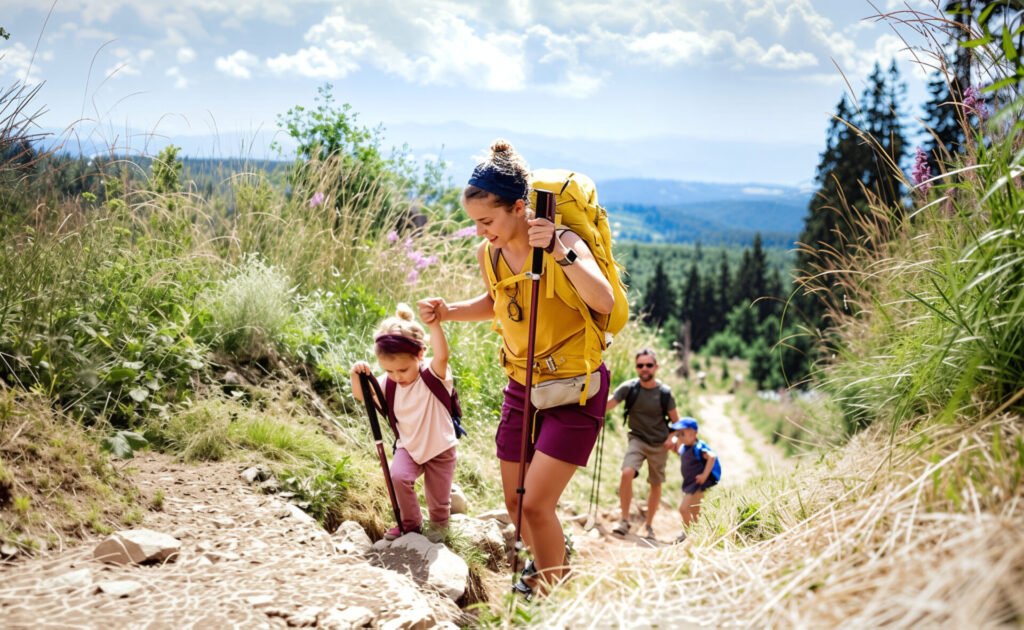
Table of Contents
Step 1: Trail Planning and Design
Before any shovel hits the ground, experts evaluate:
- Topography and soil type
- Wildlife protection zones
- Erosion risks
- Visitor flow and safety
🔹 Fact: Designing a single mile of sustainable track can take 50–100+ hours in planning alone.
Route Selection Priorities:
Design Priority | Goal |
Avoiding steep slopes | Prevent erosion and runoff |
Highlighting natural views | Increase user satisfaction |
Minimizing environmental harm | Protect habitats and rare plant life |
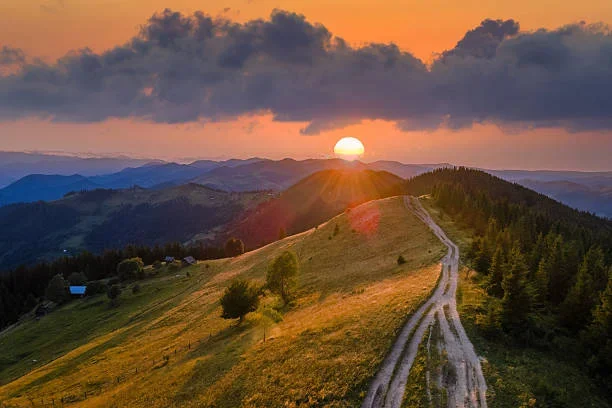
Step 2: Trail Clearing and Preparation
Once planned, a team (often volunteers or park staff) clears vegetation, rocks, and debris.
🔹 Data Point: The Appalachian Trail Conservancy reports that clearing 1 mile of path takes 100–200 person-hours, depending on terrain difficulty.
Tools Used | Purpose |
Chainsaws, axes | Remove fallen trees and branches |
Rakes, hoes, shovels | Clear brush, level surfaces |
GPS devices, markers | Mark the route and boundaries |
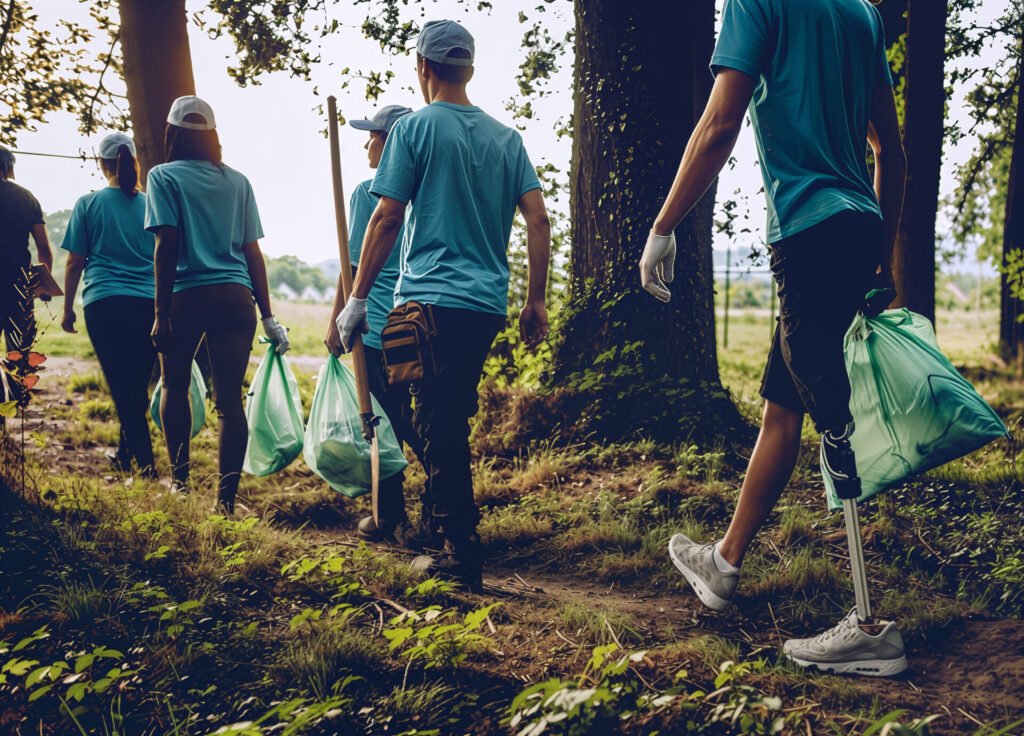
Step 3: Construction and Surfacing
Key Construction Tasks:
- Grading the trek to a sustainable slope (generally <10% incline)
- Installing drainage features like out-slopes and ditches
- Building structures like rock steps, wooden bridges, and retaining walls
🔹 Cost Insight: Constructing 1 mile of natural-surface hiking path can cost between $5,000 and $100,000, depending on complexity.
Common Trail Features by Terrain Type:
Terrain | Common Features |
Mountain slopes | Switchbacks, stone steps, retaining walls |
Wetlands | Elevated boardwalks, bridges |
Forest floor | Compacted dirt paths, log borders |
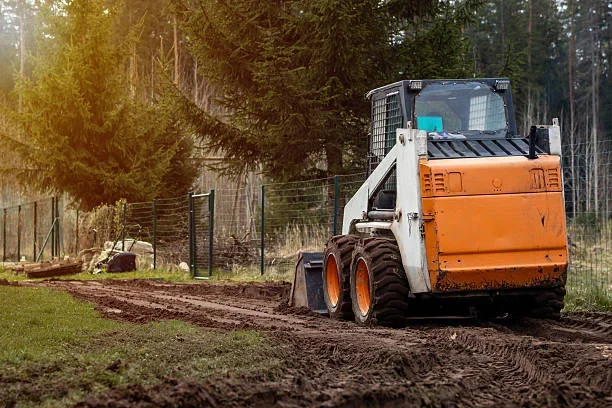
Step 4: Drainage and Erosion Control
Why It Matters:
Without proper drainage, even well-built trails can erode in a single season.
🔹 Stat: treTrailk erosion is the top reason for damage, accounting for 60% of annual repair efforts (National Park Service, 2022).
Common Drainage Solutions:
- Water bars (angled logs or rocks that divert water)
- Rolling grade dips
- Outsloping the surface so water runs off the edge
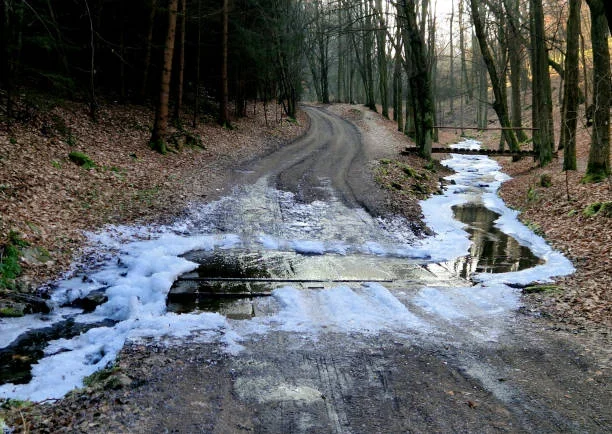
Step 5: Ongoing Trail Maintenance
Tracks don’t maintain themselves. They require annual inspections, debris removal, and surface repairs.
🔹 Volunteer Power: The U.S. Forest Service reports that trail volunteers contribute over 1 million hours annually, maintaining more than 157,000 miles of trails.
Maintenance Activities Table:
Task | Frequency |
Clearing fallen trees | Seasonal or post-storm |
Fixing eroded sections | As needed (1–2 times/year) |
Repainting track markers | Annually |
Structural repairs (bridges, etc.) | Every 3–5 years |
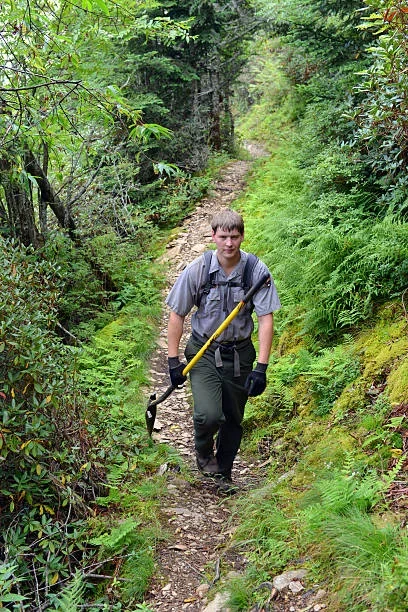
Trail Building by the Numbers
Final Thoughts
The next time you set foot on a trail, remember this: you’re walking on years of planning, thousands of labor hours, and deep respect for nature. Whether it’s a 2-mile loop or a thru-hike, that track exists because someone cared enough to build it and to maintain it.
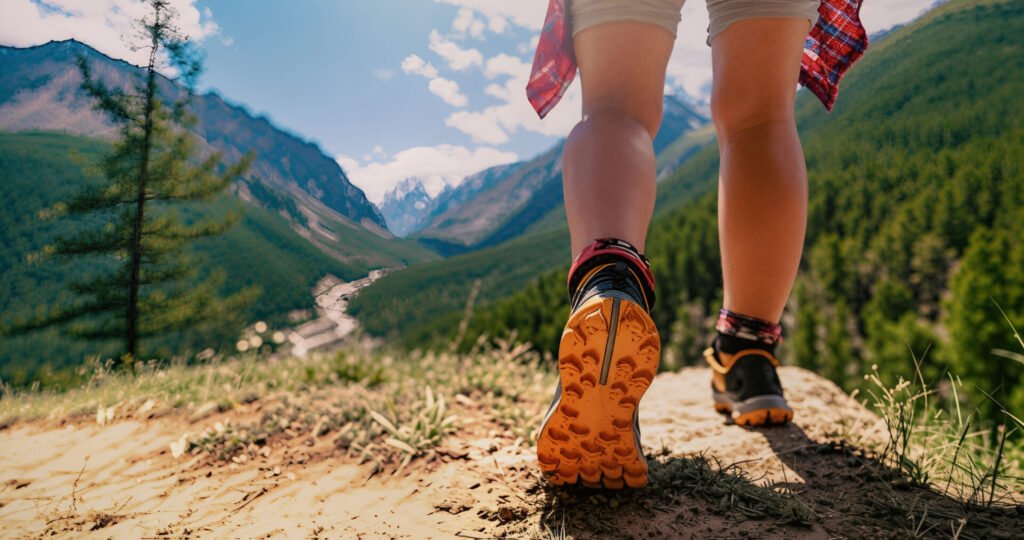
FAQ
The timeline varies by terrain and length. A simple 1-mile dirt trail can take 2–4 weeks, while rugged mountain trails may take months due to engineering, erosion control, and safety measures.
Trails are often built by a mix of government agencies, nonprofits, and volunteers. The U.S. Forest Service and local park departments usually oversee planning and maintenance.
Costs range widely. A basic natural-surface trail may cost $5,000–$30,000 per mile, while complex or remote trails with bridges or stonework can exceed $100,000 per mile.
Common tools include shovels, rakes, axes, chainsaws, and sometimes mini-excavators. In protected areas, only hand tools are allowed to minimize ecological damage.
Erosion is mainly caused by water runoff and foot traffic, especially on poorly designed or overused trails. Proper drainage and regular maintenance help prevent it.

